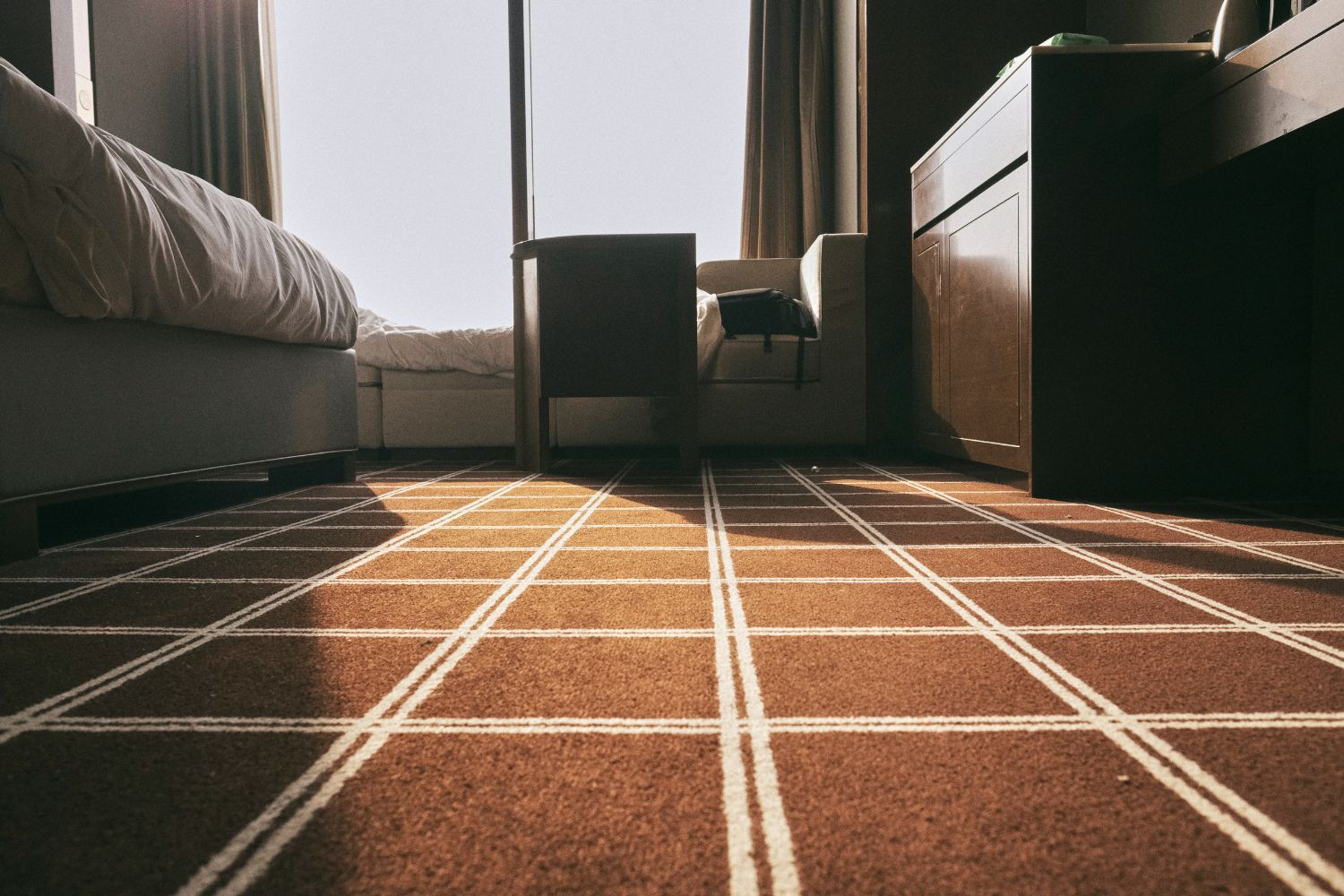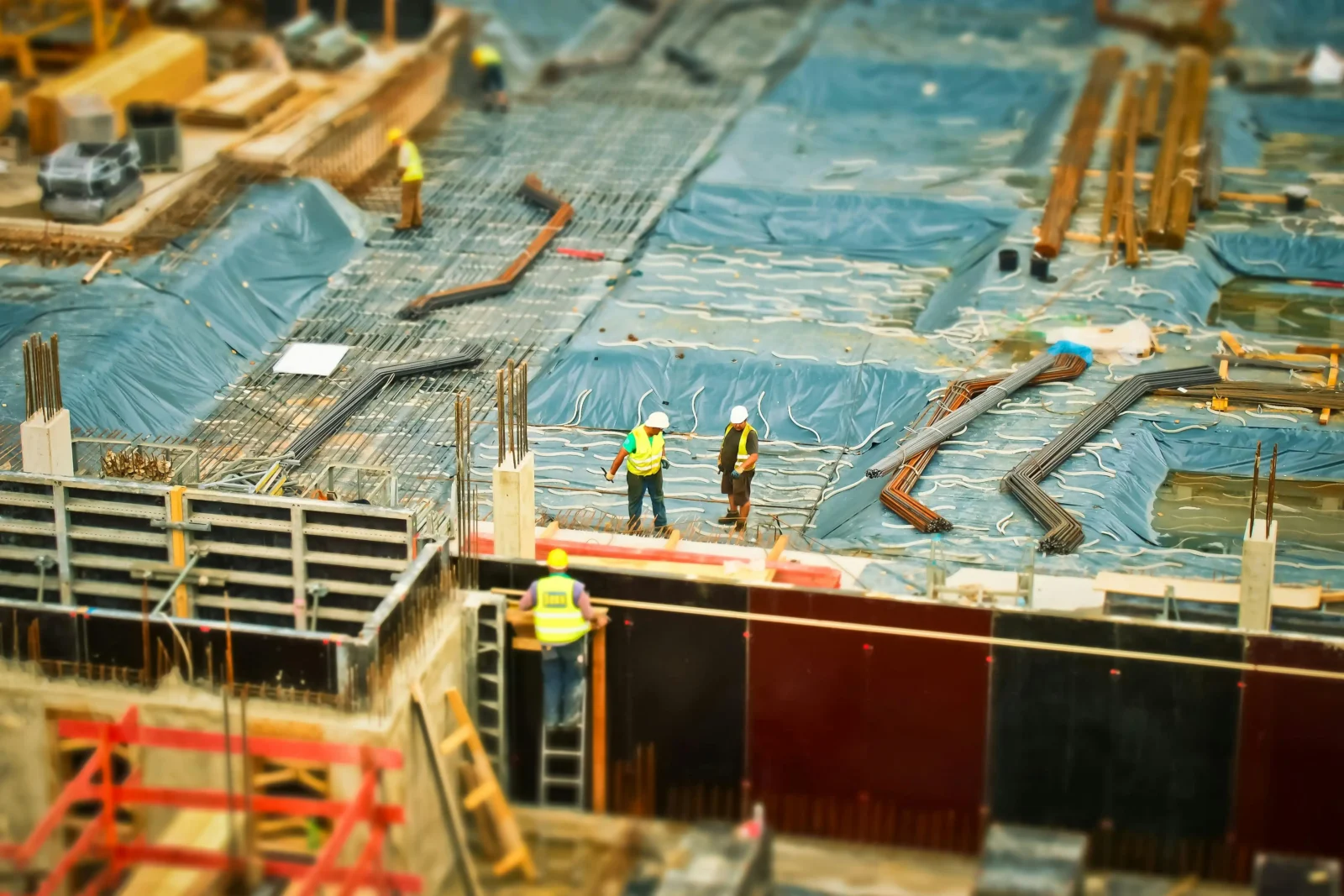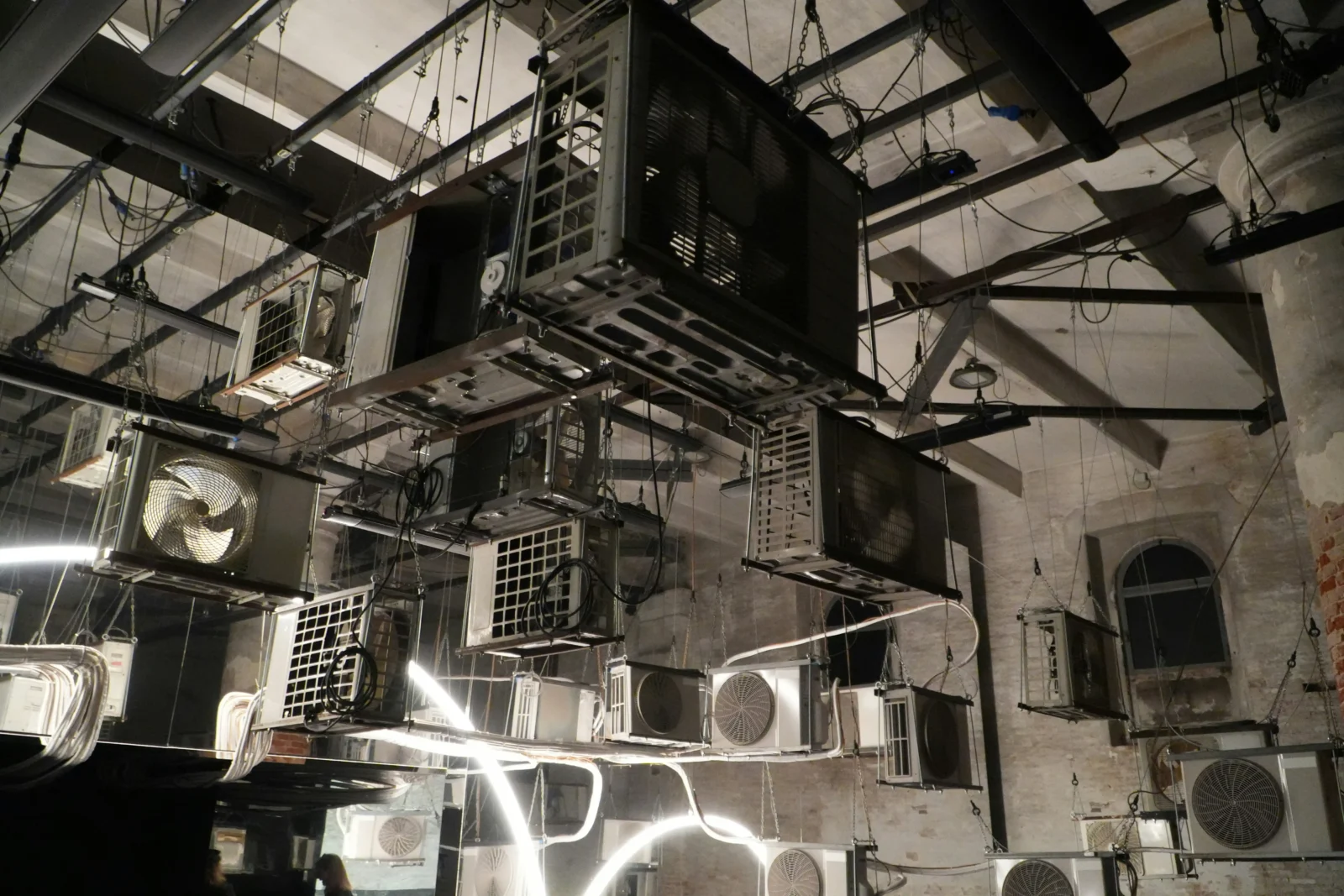- Home
- Articles
- Architectural Portfolio
- Architectral Presentation
- Inspirational Stories
- Architecture News
- Visualization
- BIM Industry
- Facade Design
- Parametric Design
- Career
- Landscape Architecture
- Construction
- Artificial Intelligence
- Sketching
- Design Softwares
- Diagrams
- Writing
- Architectural Tips
- Sustainability
- Courses
- Concept
- Technology
- History & Heritage
- Future of Architecture
- Guides & How-To
- Art & Culture
- Projects
- Interior Design
- Competitions
- Jobs
- Store
- Tools
- More
- Home
- Articles
- Architectural Portfolio
- Architectral Presentation
- Inspirational Stories
- Architecture News
- Visualization
- BIM Industry
- Facade Design
- Parametric Design
- Career
- Landscape Architecture
- Construction
- Artificial Intelligence
- Sketching
- Design Softwares
- Diagrams
- Writing
- Architectural Tips
- Sustainability
- Courses
- Concept
- Technology
- History & Heritage
- Future of Architecture
- Guides & How-To
- Art & Culture
- Projects
- Interior Design
- Competitions
- Jobs
- Store
- Tools
- More
How to Clean Range Hood Filter: Easy Step-by-Step Guide 2025
Keep your kitchen sparkling clean by learning how to properly clean your range hood filter. Regular maintenance prevents grease buildup and improves ventilation efficiency.

Your kitchen feels greasy lately, doesn’t it? You’ve been cooking as usual, but somehow that fresh, clean feeling has disappeared. The culprit is probably your range hood filter, working overtime but desperately needing attention.
If you’re investing in quality best kitchen appliance packages, proper maintenance protects that investment. Your range hood works hard, but it can only do its job when the filter is clean.
Table of Contents
ToggleWhy It’s Important to Clean Your Range Hood
Understanding the Role of the Range Hood Filter
Your range hood filter is your kitchen’s defense system. It actively captures smoke, steam, and grease particles, protecting your cabinets, walls, and air quality. Different filter types include mesh, baffle, carbon, and charcoal filters, each designed to trap grease and particles effectively.
How Greasy Build-up Affects Cooking
Think of your filter as a sponge that eventually becomes saturated. A greasy filter can’t remove fumes effectively, leading to smoky kitchens and lingering odors. Most people think light cleaning is enough, but accumulated grease hardens over time, reducing performance.
According to fire safety experts at Firecode Safety Equipment, “Grease buildup within the exhaust hood system is a potential fire hazard waiting to ignite. It can easily become overheated by the continuous operation of cooking appliances, requiring only a spark from an open flame, electrical malfunction or even a hot cooking surface to ignite.”
Benefits of a Clean Range Hood
A clean filter lets your hood fan operate efficiently, providing better ventilation and reducing cooking odors. Removing grease buildup also minimizes fire risk, as greasy deposits are highly flammable. Regular maintenance is the easiest way to keep your range hood working properly.

Types of Range Hood Filters
| Filter Type | Function | Cleaning Method | Replacement Frequency | Best For |
| Mesh Filters | Trap grease particles through layered metal screens | Dishwasher safe or hand wash with hot soapy water | Clean monthly, replace every 1-2 years | Standard home kitchens, budget-friendly |
| Baffle Filters | Force air direction changes to separate grease | Soak and scrub with degreaser | Clean monthly, replace every 3-5 years | Heavy cooking, commercial-style kitchens |
| Charcoal Filters | Absorb odors and smoke with activated carbon | Cannot be cleaned – replace only | Replace every 3-6 months | Ductless hoods, apartments |
| Carbon Filters | Similar to charcoal, absorb airborne particles | Cannot be cleaned – replace only | Replace every 3-6 months | Recirculating ventilation systems |
Mesh Filters: How They Work
Mesh filters use multiple layers of metal mesh to capture grease as air passes through. They’re common in older models and rely on trapping grease particles within the layers. Regular cleaning is important since accumulated grease reduces airflow, but it’s relatively easy to clean.
Charcoal Filters: What You Need to Know
Charcoal filters absorb odors and smoke instead of capturing grease. They’re used in ductless hoods where air recirculates back into the kitchen. These filters contain activated carbon that traps odor molecules but cannot be cleaned—they must be replaced every few months.
Baffle Filters: Cleaning Tips
Baffle filters require regular cleaning to maintain their effectiveness. To clean a range hood equipped with these filters, you generally need to follow these steps:
- Remove the filter and soak it in hot, soapy water
- Use a scrub brush to remove any remaining grease and grime
- Rinse thoroughly and let it dry completely before reinstalling
These steps are an effective way to clean a range hood filter.
Easy Ways to Clean Your Range Hood Filter
Using Soapy Water: A Simple Method
Here’s how to clean your range hood filter for light to moderate grease build-up using soapy water. The process involves a few key steps:
- First, remove the range hood filter and soak it in a sink or tub filled with hot water and a mild detergent, such as dish soap. Let it soak for at least 15-30 minutes.
- After soaking, scrub away the remaining grease and grime with a scrub brush or non-abrasive sponge.
- Finally, rinse the filter thoroughly with clean water and allow it to air dry before reinstalling.
This is often the easiest way to clean your filter.
Scrubbing Techniques for Tough Grease
When dealing with stubborn or hardened grease on your range hood filter, more aggressive scrubbing techniques may be required to clean the filter. After soaking the filter in hot, soapy water, consider these actions:
- Use a stiff-bristled scrub brush to target those tough spots
- For especially greasy areas, create a paste of baking soda and water and apply it to the affected areas before scrubbing
Baking soda is a mild abrasive and can help break down the grease. Ensure you rinse the filter thoroughly after scrubbing to remove any residue.
When to Use a Degreaser
For heavy grease buildup that resists soapy water and scrubbing, it might be time to bring out the degreaser to clean your range hood. A degreaser is a specialized cleaner designed to effectively dissolve grease and grime. Before using a degreaser, carefully read and follow the manufacturer’s instructions.
Apply the degreaser to the range hood filter, let it sit for the recommended time, and then scrub with a brush. Always rinse the filter thoroughly with hot water after using a degreaser to remove any chemical residue. When cleaning your range hood with a degreaser, ventilation is essential.
Deep Cleaning Your Kitchen Range Hood
Steps for a Thorough Clean
Gather your supplies: dish soap, hot water, scrub brush, baking soda, and degreaser for tough grease. Remove the filter and soak it in hot, soapy water for 30 minutes. Scrub thoroughly, using baking soda paste or degreaser for stubborn areas.
For premium ranges, such as an Ilve Nostalgie range with matching hoods, use cleaners specifically designed for the finish. Rinse everything well and let it dry completely before reassembling.
How Often Should You Clean the Range Hood?
Clean frequency depends on your cooking habits. Heavy cooking with lots of grease requires cleaning every few weeks. Light cooking may only need monthly cleaning. Check your filter regularly, if you see greasy buildup, it’s time to clean.
Signs Your Filter Needs Immediate Attention
Watch for visible grease buildup on the mesh and reduced fan effectiveness that leads to lingering cooking odors. If you smell greasy or burning odors while cooking, your filter is saturated and needs to be cleaned immediately to prevent performance issues and fire hazards.
Maintaining a Clean Range Hood
Best Practices for Everyday Maintenance
After cooking, wipe down the hood exterior and underside with a damp cloth. Check the filter regularly and address minor grease buildup before it hardens. Turn on ventilation during cooking to reduce grease reaching the filter.

Tips to Prevent Grease Build-Up
Use back burners for greasy cooking since they’re closer to the hood. Use splatter screens when frying to minimize airborne grease. Turn on the fan before cooking to capture grease effectively, and clean spills immediately before they harden.
Choosing the Right Cleaning Products
For regular cleaning, dish soap and hot water are effective. For tougher grease, use baking soda or dedicated degreasers. To prevent scratching, avoid using abrasive cleaners on stainless steel surfaces.
For homeowners serious about kitchen quality, suppliers like Innov Depot offer appliances designed for easy maintenance and long-term performance.
Frequently Asked Questions
How often should I clean my range hood filter?
The frequency depends on your cooking habits. For heavy cooking with lots of frying, clean every 2-3 weeks. For moderate cooking, every 4-6 weeks is sufficient. Light cooking may only require cleaning every 2-3 months.
Can I put my range hood filter in the dishwasher?
Many mesh and baffle filters are dishwasher-safe, but always check your manufacturer’s instructions first. Use the top rack and avoid heated drying, which can warp some filters.
What’s the difference between cleaning and replacing a filter?
Mesh and baffle filters can be cleaned repeatedly, while charcoal and carbon filters must be replaced every 3-6 months as they cannot be cleaned effectively.
illustrarch is your daily dose of architecture. Leading community designed for all lovers of illustration and #drawing.
Submit your architectural projects
Follow these steps for submission your project. Submission FormLatest Posts
Stylish Flooring Ideas for Small Spaces
Small spaces have unique challenges, so it's essential to think creatively. Flooring...
10 Best Christmas Gifts for Architects and Designers 2026
Looking for the perfect Christmas gift for an architect or designer in...
What are the Benefits of Compact Pile Driving Tools
A small crew walks a narrow right of way between trees and...
How to Choose the Right HVAC Installation Service
A quiet mechanical system starts with sound choices before any equipment arrives....












Leave a comment